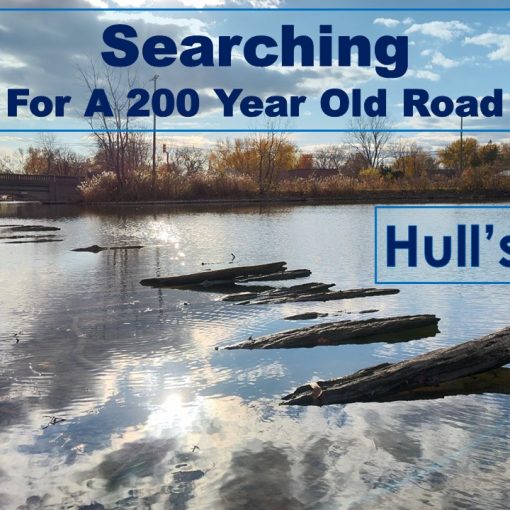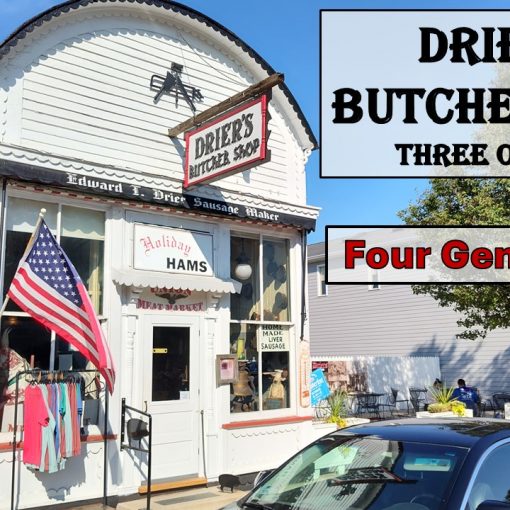Did you know that there are structures and spaces beneath the streets of Seattle? I hadn’t known this and was curious to learn more. Anita, my longtime friend, and I toured these mysterious underground places. Join us as we creep through the dark tunnels beneath the streets of Seattle. Eowyn, our guide, taught us so much in a short time!

How Did Seattle Get It’s Name?
Seattle is the only major city to be named for a Native American. In 1852 the white settlement was named for Chief Si’ahl. It is pronounced “See-ahish” which was difficult for English speakers, so Seattle was adopted as the settlement’s name in honor of the Native leader. Chief Si’ahl had toiled to build alliances among the six area tribes and embraced a hybrid culture of interracial marriages.
For centuries the Duwamish/Suquamish tribes lived in Jijilaetch, longhouses, on what is now known today as Pioneer Square, the center of the city. The Duwamish/Suquamish survived in the area for 10,000 years on seafood they found at low tide.

Built on a mud flat in the tidal zone of Elliot Bay, the people in Seattle struggled for decades starting in the 1850’s. The roadways were muddy as the tide would come up as high as Second Avenue twice a day. As a solution, the population of mostly single men, lumberjacks, would throw sawdust over the wetness. This made the land unstable, similar to quicksand. Then, the sawdust would begin to rot and smell. Sanitation was primitive and was effected by the tide, too. (Ewww!)
Lumber Business


Yesler’s Lumber Mill ran 24 hours a day, seven days each week. The owners relied heavily on Native American workers in addition to the droves of single men who had relocated to the western shore. The population grew from 302 in 1860 to 3,500 by 1880’s.
Skid Row
What comes to mind when you hear the term, “Skid Row?” Well, “Skid Row” had originated in Seattle. The term referred to the oxen pulling logs down the road to the mill. Drinking, gambling and women conducted ‘business’ along this avenue enticing men who’d just returned from working hard in the woods. Skid Row was also known by other nicknames: Cesspool of Sin, Red Light District, Port of Pleasure.

The Great Fire

Short fire hoses, lack of water pressure, low tide and wooden buildings were all contributing factors to the complete destruction of these thirty-three city blocks.
It was a humid Thursday in June of 1889 when a small pot of glue boiled over onto the floor. The area was piled with turpentine-soaked wood shavings. Ignition was immediate. Water was thrown on this grease fire, which actually spread the flames even more quickly. In a short time 33 blocks of wooden businesses and homes had been flattened.
The Tent City

These pioneers held a grit and tenacity, unlike most. They put up tents and started making plans for a better city. The tents were here for only one year.
Rebuilding Seattle
Following the devastating destruction of the whole downtown area, the community decided to carefully plan their rebuild. Wooden structures were quickly outlawed. In order to create an improved water system, their brick buildings needed to be ten to forty feet higher so they could flush their toilets effectively.
The town began building their city at least one story above the original ground. This diagram below demonstrates their plans.

Roman arches were used to support the sidewalks above creating structurally sound pathways below ground.

Skylights in the sidewalks were added using colored glass made by a variety of companies. These can be seen all around Pioneer Square.

Elmer Fisher – Architect
Eowyn led us upstairs and along a sidewalk where we admired Elmer Fisher’s architecture. The elegant archways on his twelve building collection stood out among the other boxy structures.

Within three years Seattle’s downtown was rebuilt and had fully functioning businesses again! With many improvements to the infrastructure, townspeople were living more comfortably.
The Alaskan Gold Rush
In 1896 Seattle became “the gateway to the gold fields” as batches of hopeful men sought the riches of the northwest by preparing to go to Alaska. A Canadian law had suddenly been passed that a person crossing their country in pursuit of gold, which was 200 miles away from Seattle, would need “one ton of goods.” This would serve as a full year’s supply.

Seattle’s businesses teamed with customers! Approximately 70,000 “stampeders” gathered their goods. While they waited for passage to Alaska, the cohort amused themselves with gambling and women of the night. Corruption became the norm. Stealing and paying off officials was commonplace. Fights and murders happened daily. Even the mayor resigned from his post to head north in an attempt to strike it rich!
Prohibition
Eowyn took us down an alley and into another brick structure. As we descended she reminded us about prohibition. The Volstead Act, noted as the 18th Amendment, which went into effect on January 17, 1920. It forbade the “manufacture, sale and transportation of intoxicating liquors.”
This idea of conserving grain for bread was sparked during WWI. (1914-1918) President Woodrow Wilson fully supported this Amendment. Americans, however, found ways to produce, deliver and indulge in alcoholic spirits. Beneath the streets of Seattle provided a perfect place for these antics. We were about to walk into history!

The secret rooms and tunnels provided perfect hiding places for booze and Speakeasys. Speakeasys were places where people would gather to consume alcohol. They would ‘Speak Easy’ as to not attract the attention of law enforcement.

Individuals often had to know a code word in order to enter the underground venue.

There were many illegal operations happening under the avenues of Seattle. Many officers were known to be ‘paid off.’ These men would look the other way or possibly assist in the distribution. Making a great cover for an operation some officers would even act as a look-out. It was a crazy time not knowing who to trust!
FBI Sting Operations
Corruption ran rampant from the 1880’s – 1970’s. The FBI conducted investigations for decades starting in 1914 when an FBI office was set up in Seattle. In the 1970’s Operation ABSCAM led to the conviction of seven members of Congress for corruption of businessmen and stolen property.

Art District 1963

In the early 1960’s artists transformed Pioneer Square. They bought these inexpensive buildings and remodeled them into studios, galleries and art displays.
Historical Registry 1970
Pioneer Square was the very first city area to be registered as historical. Now there’s a total of eight historical areas in Seattle. These are monitored by a board who maintains high criteria and requires applications be submitted to the review board. It is a long process before any changes can be made to structures.
Beneath the Streets of Seattle

Seattle holds a unique, strong history with interesting ties to our nation. I learned a lot from Eowyn, yet I feel as though I have only dipped my toes in the history of Seattle. There is so much more to learn! I am already planning my next trip!

Related Links
Restless Viking merchandise is now available!
How did The Gum Wall start? Check out this article to find out!
Resources
Joy Keniston-Longrie. “Images of America: Seattle’s Pioneer Square” 2009 – Available on Amazon
https://www.legendsofamerica.com/wa-seattleklondike/
https://www.seattle.gov/neighborhoods/programs-and-services/historic-preservation/historic-districts





